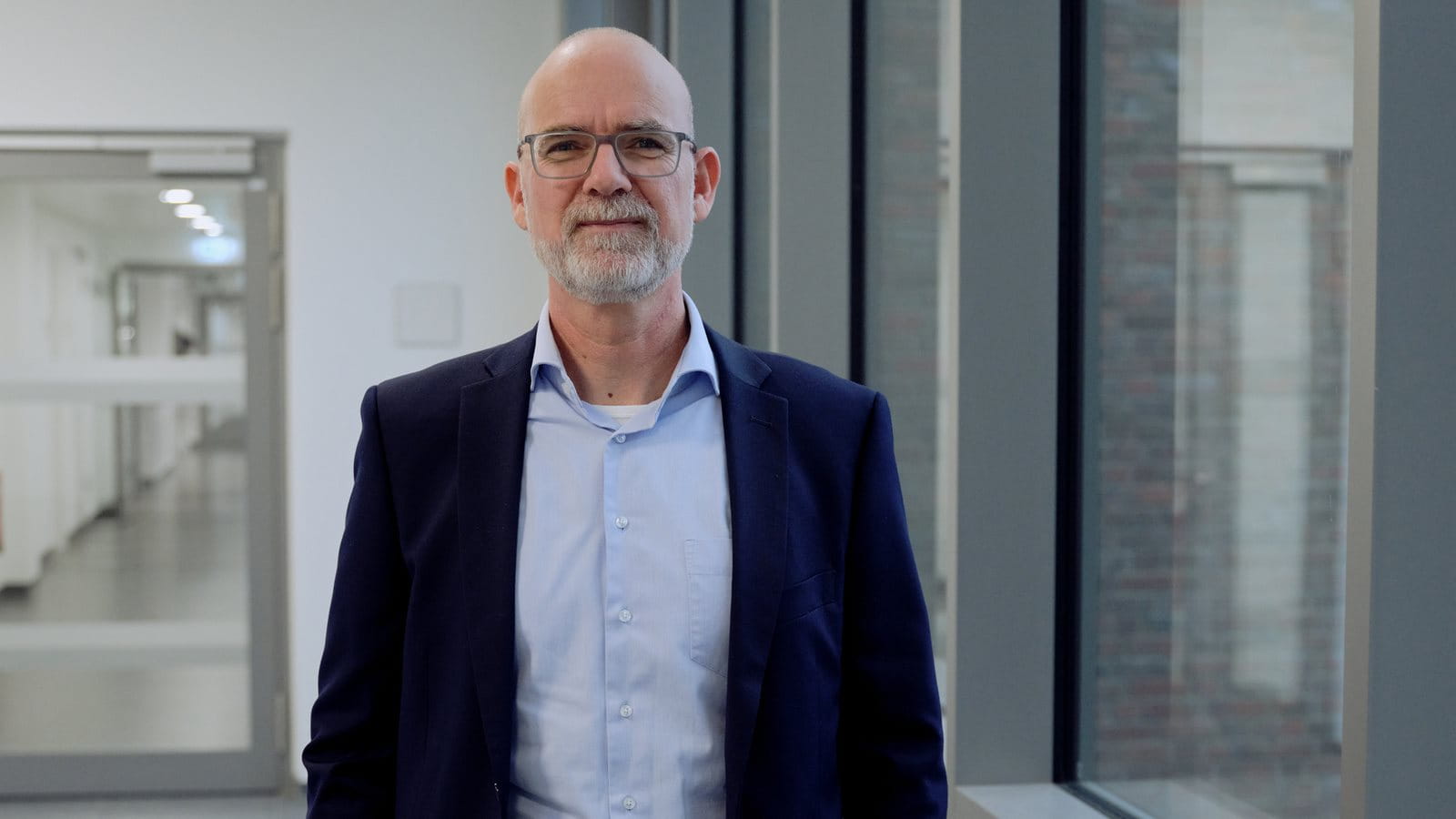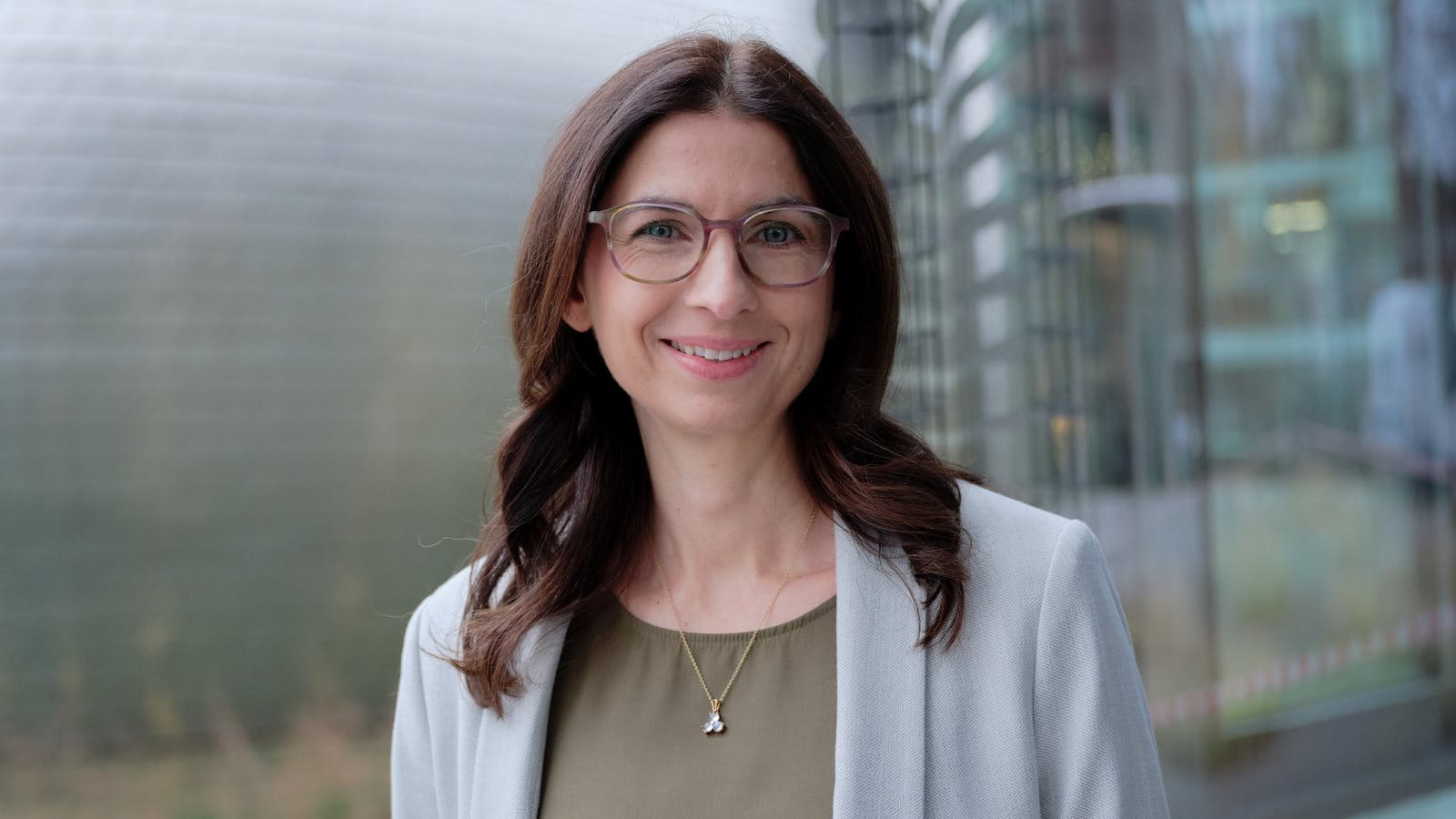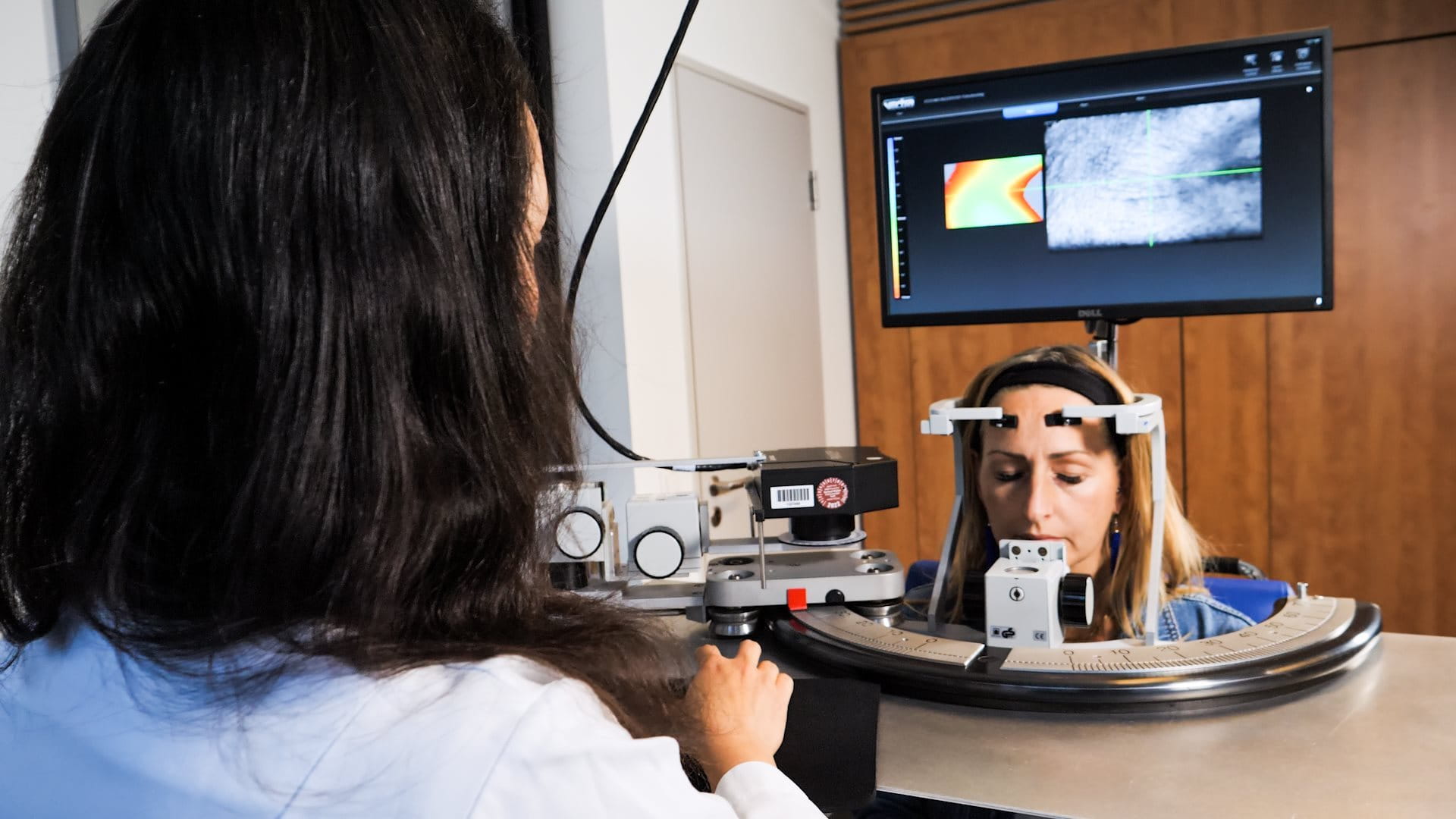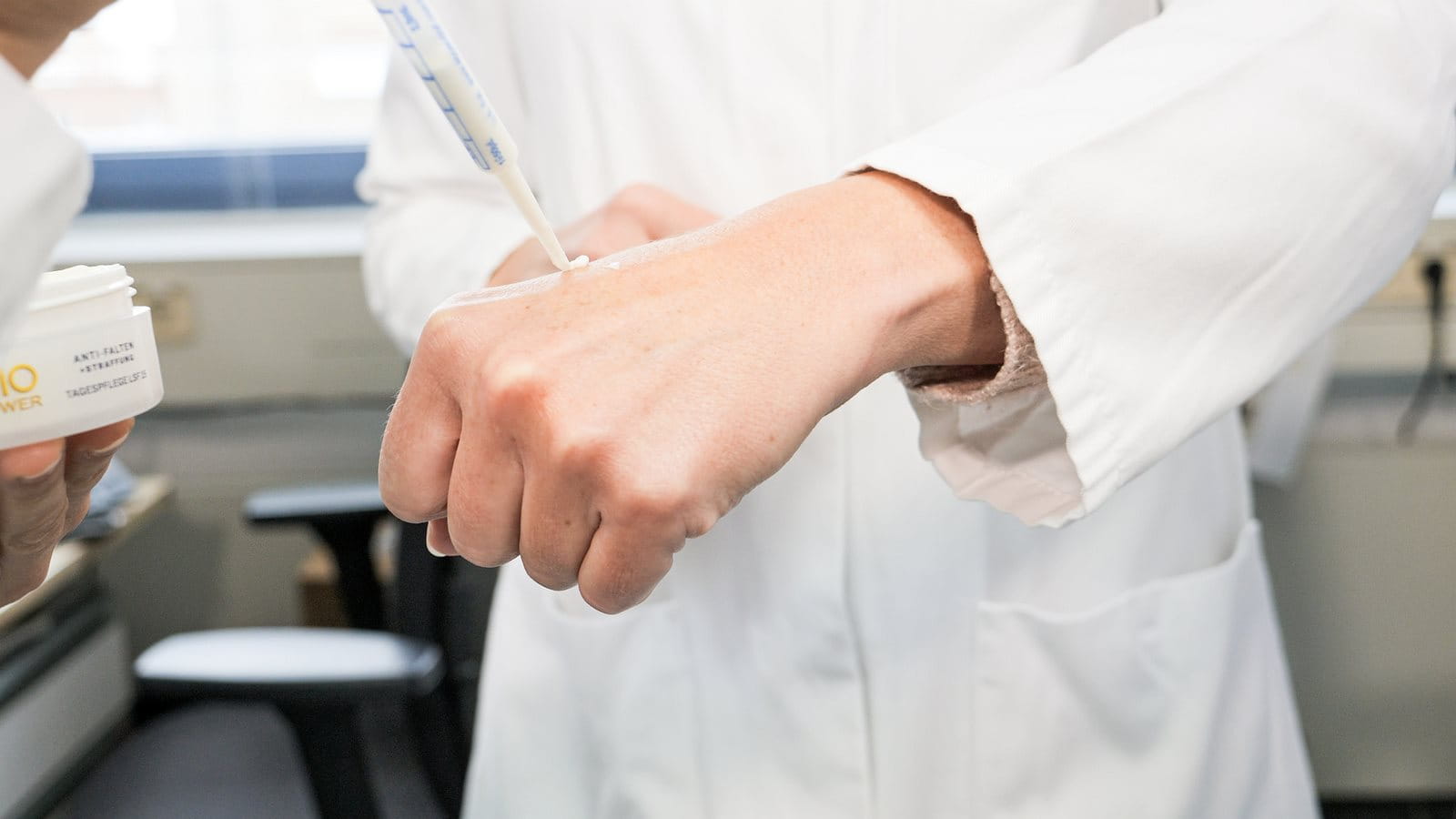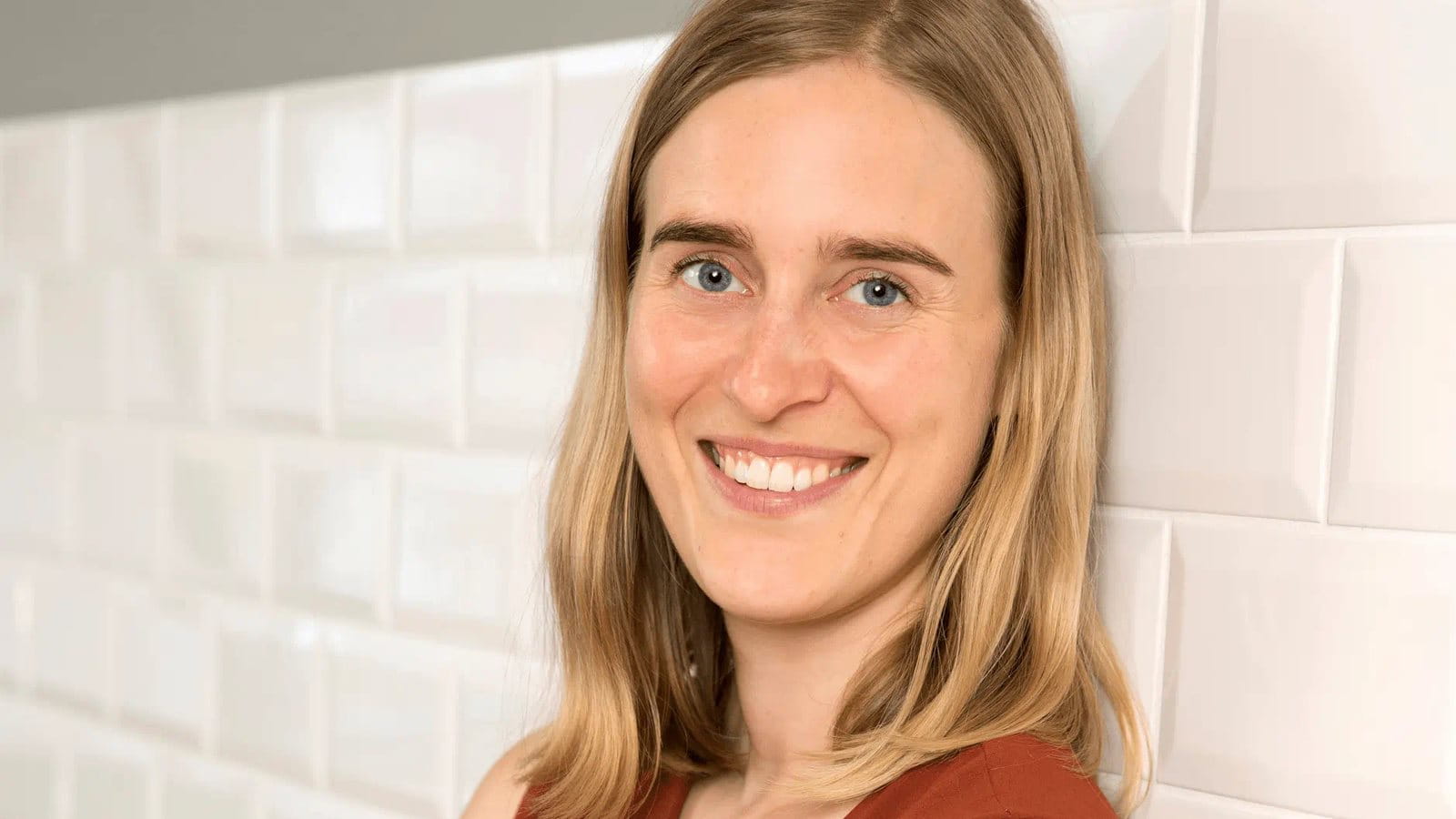Q10 Research | Expert Interview
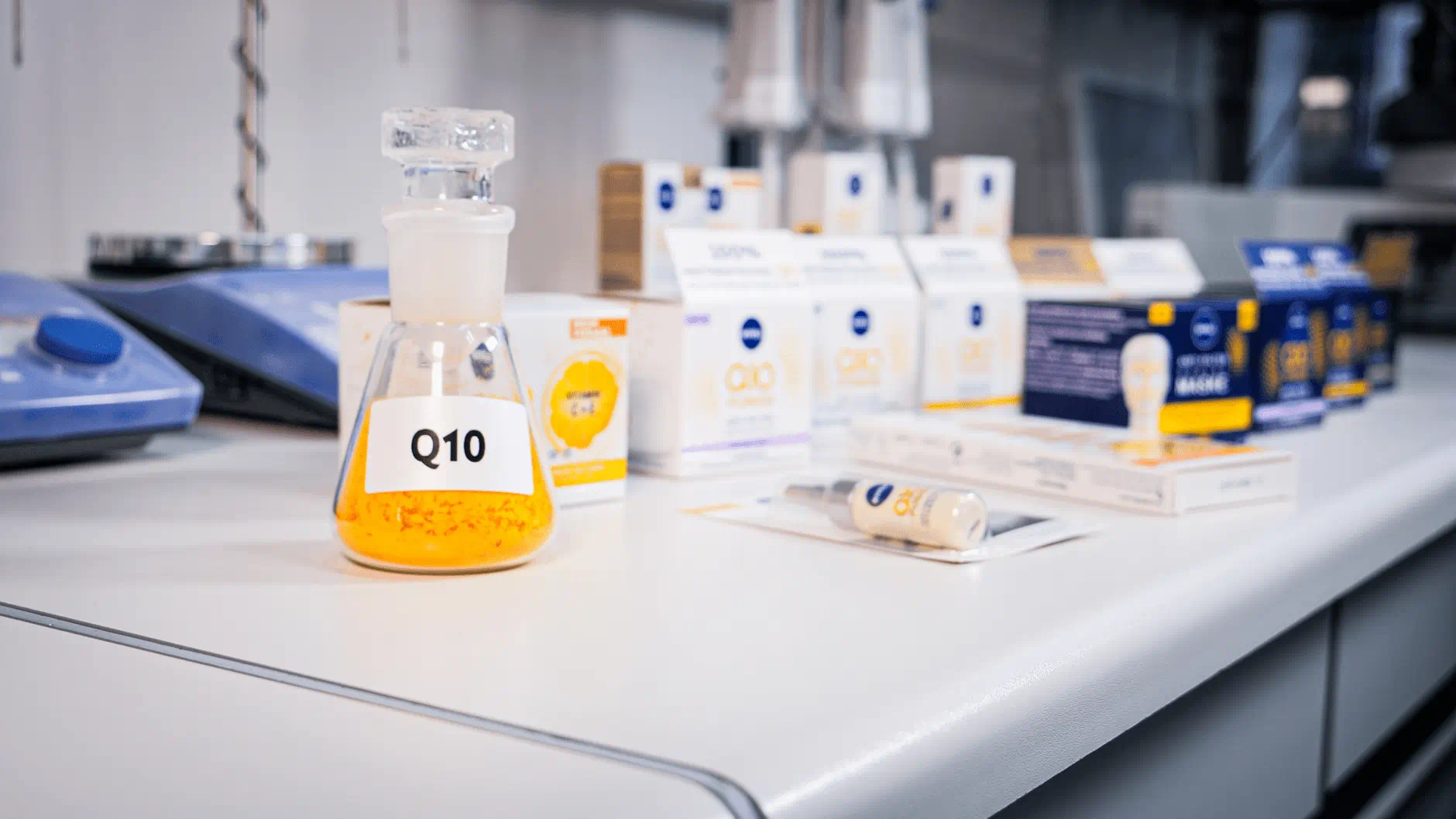
Discovering new things, establishing correlations, and having the opportunity to improve people’s lives – many researchers are driven by this all their lives. Among them are Dr. Thomas Blatt, Principal Scientist, Skin Biology, and Dr. Julia Weise, laboratory manager in the Biological Testing department at Beiersdorf. The two of them are interested in the topic of skin aging and the question as to whether the biological clock can be visibly turned back. Q10 has an important part to play here. Beiersdorf has been using the coenzyme produced by the body in its skin care products for 25 years, making it a pioneer once again. In our interview, the scientists give an insight into the successes of Q10 skin research as well as the latest findings:

